- What Xiaomi to buy in 2021? Buying guide with the latest models
The redmi Xiaomi Note series has already become an icon of the mobile phone. Talking about the models in this saga means talking about mobiles with large screens and generous batteries, added to a characteristic-price ratio that is difficult to match. And, of course, that was not going to change when adding the tagline Pro to the name of one of the new models in this family.
The one in charge of leading the catalog of the Redmi Note series of this 2020 – at least outside of China – is the Redmi Note 9 Pro, a model with which Xiaomi tries to attract those who are looking for something above the Redmi Note 9 and Redmi Note 9S, without that means having to spend a lot more money.
Now, the Redmi Note 9 Pro has already passed through our hands to show us that a 300 euro mobile can also be worthy of the surname “Pro.”
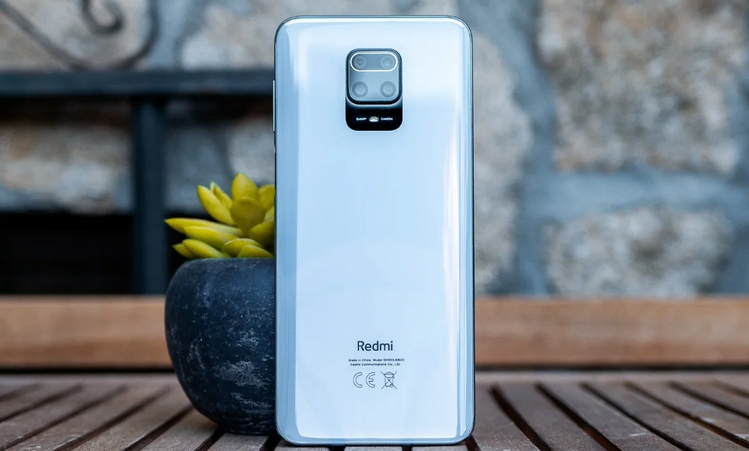
Redmi Note 9 Pro: a technical sheet of characteristics and specifications
| Redmi Note 9 Pro | |
| specs | |
| Dimensions | 165,7 x 76,6 x 8,8 mm |
| Weight | 209 grams |
| Screen | 6.67-inch IPS FHD + Corning Gorilla Glass 5 Brightness up to 450 nits Screen hole |
| Pixel density | 2340 x 1080 pixels |
| Processor | Qualcomm Snapdragon 720G |
| RAM | 4/6 GB LPDDR4x |
| Operating system | MIUI 11 based on Android 10 |
| Storage | 64/128 GB UFS 2.1 |
| Cameras | Rear: Main 48 MP 1 / 2.25 inch CMOS image sensor, 1.6μm 4-in-1 Super Pixel, f / 1.79, 8 MP 120 ° Ultra Wide, 5 MP macro sensor, 2 MP depth sensor Frontal: 16 MP |
| Battery | 5,020 mAh with 33W fast charge |
| Others | Side fingerprint reader, hybrid SIM tray, 3.5 mm headphone jack |
The best of the Redmi Note 9 Pro
Specifications / price ratio
Very few phones on the market offer the Redmi Note 9 Pro for less than 300 euros. Once again, the Beijing brand is once again showing off its chest by providing its latest flagship phone with a technical section made up of some of the most cutting-edge specifications that we have seen in the mid-range during the first half of 2020.
And it is that the Redmi Note 9 Pro does not lack -almost- the Qualcomm Snapdragon 720G processor leads nothing_ its interior, a chip focused on the mid-range that stands out for its performance when playing, and that in this case is accompanied by 4 or 6 GB of LPDDR4x RAM, and 64 or 128 GB of UFS 2.1 storage.
Not even one of the main rivals of this Redmi Note 8 Pro, the realme 6 Pro, is capable of competing with the Xiaomi model in terms of price/specifications, since the realme model starts at 329 euros, despite having the same processor, a similar camera system, and a smaller battery. Yes, in favor of the realme, it is necessary to mention that the Xiaomi model does not have a screen with a high refresh rate.
Despite this, the screen of the Xiaomi phone is more than correct. It is a large LCD panel – 6.67 inches -, with Full HD + resolution that is more than enough and at no time is extra sharpness missing. The same does not happen with brightness since its 450 nits seem somewhat scarce in certain situations, especially outside. It would not have been too much for Xiaomi to have dared to leap at a refresh rate higher than the classic 60 hertz.
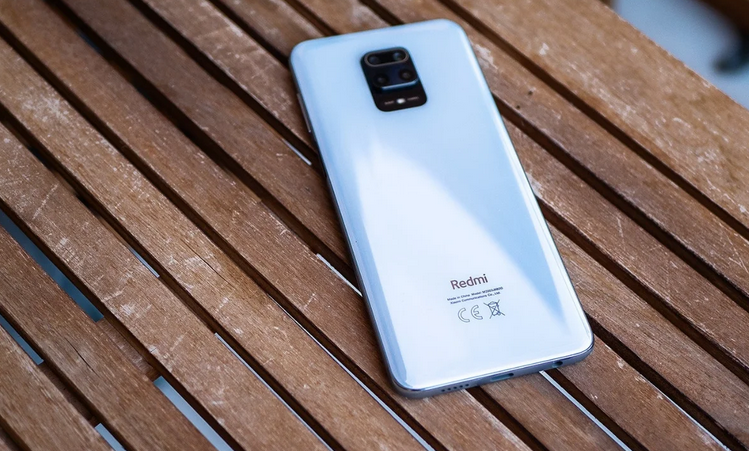
Otherwise, the Redmi Note 9 Pro is an exceptionally complete phone. It includes a Dual SIM slot, infrared emitter, USB Type C, a speedy side fingerprint reader, multifunction NFC, a much firmer and more precise “Z-Axis” vibration motor than previous generations even a headphone port 3.5 mm.
Autonomy
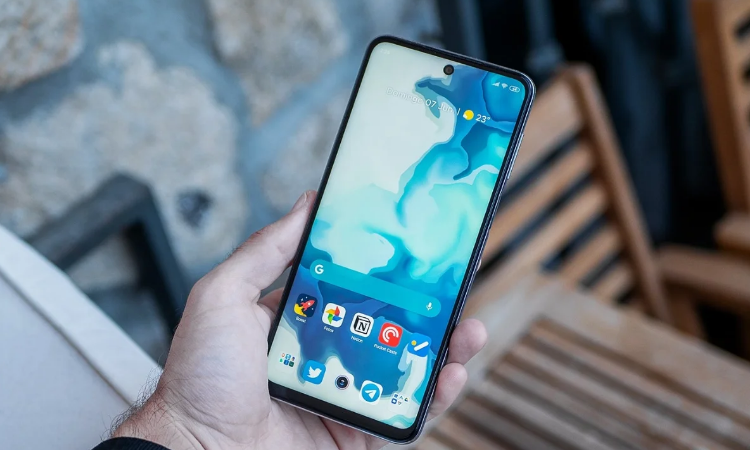
It is not easy to find a single model of the Redmi Note series without simply beastly autonomy. Its 5,020 mAh battery capacity already gave us enough clues as to what to expect from this phone, but even so, the Redmi Note 9 Pro has exceeded our expectations.
During the tests, the device has allowed us to reach two days of use on several occasions, with about 8 hours of screen on. In other cases, when using the device mostly connected to mobile data networks and with several photographs and video sessions in between, the autonomy has been reduced to around 15 hours of use. As always, these results are merely indicative, as many factors can influence the independence of a device.
What I’m afraid will not vary in any case is the charging speed – as long as you use the 33W charger included in the box. Thanks to him, the Redmi Note 9 Pro can recharge its massive battery in just under an hour and a half.
Design and build
has not been overlooked either, The design of the device. On this occasion, Xiaomi opts for symmetry on the vertical axis so that the two side halves of the phone are identical. For this, the brand opts for an appearance that uses the screen hole located in the upper central part of the panel and a rear camera system located inside a rectangular module located in the upper central part.
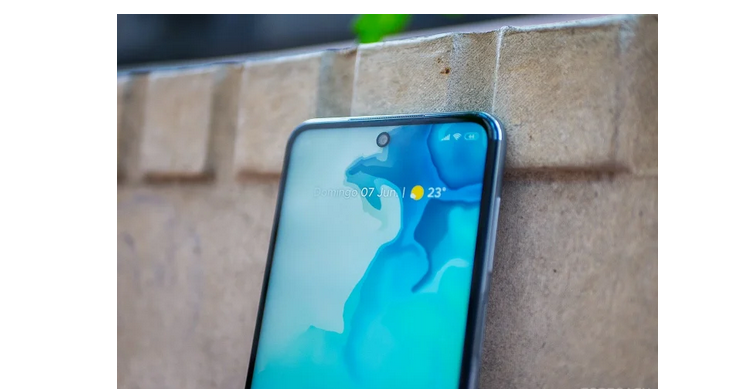
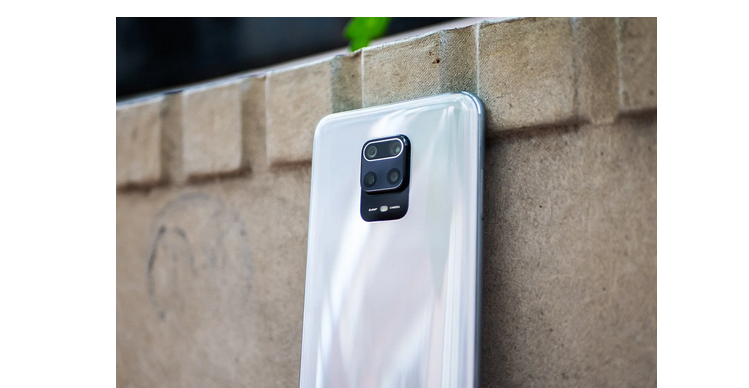
Leaving aside the appearance, which may be more or less liked – at least it is not one of the many clones without personality that flood the telephone market in 2020 – the reality is that it is a well-built device, at the same time. The glass back part feels quite good, especially in the white color of the unit that we have been able to test. Of course, it is necessary to mention that it is a relatively large and heavy phone, and although in this case, the glass does not slip too much, using it with one hand will not be an easy task. Hopefully, the plastic that surrounds its four sides will be able to absorb shocks better than the aluminum found in other models of the brand.
The worst of the Redmi Note 9 Pro
Software and expertise
If you don’t consider yourself an MIUI fan, don’t expect the Redmi Note 9 Pro to change your mind. Instead, the opposite.
Xiaomi’s layer once again proves to be one of the most overloaded and full of bloatware, as well as one of the most different from Android stock that currently exists – something that does not necessarily have to be negative. … unless the vast majority of changes are for the worse -.
The number of pre-installed apps is simply insane, and worst of all, not all of them can be removed entirely. Among them is the now-classic “Cleaner” based on the technology of the controversial Clean Master, an application that, remember, has behind a company like Cheetah Mobile, whose applications were eliminated by Google from the Play Store due to, among other things, to his frequent fraudulent techniques.
On the other hand, it is difficult to understand the reason why Xiaomi has decided to develop its gesture navigation system instead of resorting to the native Android 10, eliminating along the way one of the most intuitive and convenient gestures such as that of return to the previous application by swiping left or right from the bottom of the screen. And speaking of gestures, for some reason, Xiaomi has hidden the option to activate this navigation system in the system settings, under a menu called “Full-screen playback” located in the “Additional settings” section.
That, not to mention the ads included in the software or, as Xiaomi calls them, “recommendations.” These appear in different user interface sections, such as in the app installation check screen or the app drawer of the native launcher in the form of app suggestions from the Mi Picks store. Just as annoying are the notifications of Xiaomi services and apps whose role does not even seem to be clear at times, as is the case with the notice of the app “Services and comments” in the image below these lines.
Part of MIUI’s problems would be justified if the software’s performance was good enough. But, for some reason, it is not.
Although the device is not exactly short of power, the lag is more present than we would like in this Redmi Note 9 Pro, and it is appreciable when performing seemingly simple tasks such as going to the Google Discover panel from the MIUI launcher or when trying to take multiple photos continuously. The striking thing is that the terminal is capable of executing technically demanding tasks without too many problems. Still, it seems to suffer more than necessary when keeping applications in memory or switching between different tasks, which leads us to think that it is not a question from a question of power, but from a lack of optimization of the software itself.
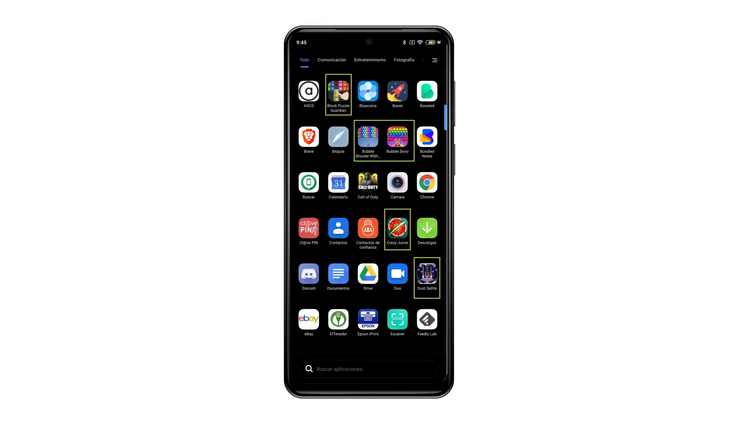
So are the cameras of the Redmi Note 9 Pro
Five sensors are what make up the photographic system of the Redmi Note 9 Pro: four on the back and one on the front. On the back, we find the now-classic configuration formed by a high-resolution sensor –64 megapixels, in this case – and an ultra-wide-angle, to which are added a macro sensor and a depth sensor that is present by the simple fact of bulking up the technical data sheet of the phone even more, but in no case are they essential or contribute too much to the photographic experience. At least not as much as a telephoto lens would have to cover a greater focal length combined with the primary sensor and the “ultra-wide” one.
For its part, the front camera, located in the hole located in the upper central part of your screen, maintains a resolution of 16 megapixels and, in addition to allowing you to capture selfies and record the so-called “Slo-Selfies” at 120 FPS –me I wonder where Xiaomi got the idea from – it also acts as a biometric facial unlocking system, yes, less secure than the side fingerprint reader.

The camera application is not very different from what we find in other terminals of the company. Its interface is quite simple, with most of the options that we might need on the main screen and the different photo and video modes arranged in the form of a horizontal carousel – since there are so many modes available, the possibility of reorganizing its position and hide those less used, something that is possible in Samsung terminals, for example.
Exciting options include the 64 MP mode, which allows images to be captured taking advantage of the native resolution of the primary sensor to generate ideas with a more significant amount of detail; or the mode Pro, which leaves the control of the different parameters of the photograph in our hands before capturing it.
Behavior by day, portrait mode, and at night
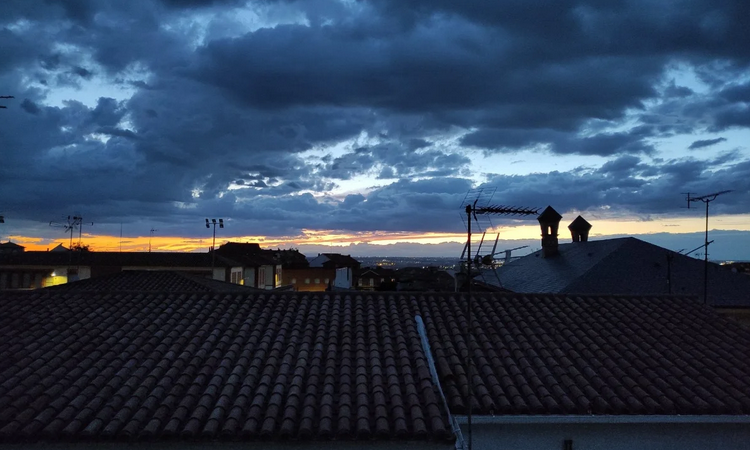
The results obtained with the camera of the Redmi Note 9 Pro are, in general, good. The primary sensor is the one that offers the best performance in the vast majority of situations, being capable of capturing perfect quality images when the scene is on our side and without becoming excessively pale when the light falls, or we face the camera to complex settings. However, the loss of detail is noticeable in these types of circumstances.
In this sense, the automatic HDR fulfills its mission by preserving an excellent dynamic range and preventing the image’s brightest parts from getting burned, without this meaning “lifting” or excessively softening the shadows as it happens in signature terminals, Like Samsung. The also good color rendering and the white balance are, which maintains a good balance and does not tend to be too warm as in other mobile phones of the brand.

As usual, the “AI mode” is present to detect the scene that we will capture and modify the sensor parameters to suit the type of photography. That is the theory. The reality is that, except on rare occasions, activating this mode means saturating the colors and slightly increasing the contrast to generate more striking captures.
Probably the best thing about this camera is the portrait mode. Once the smoothing/beauty mode activated by default has been deactivated, the Redmi Note 9 Pro has been able to capture some of the best portraits it has ever taken with a mobile of this price, surpassing even those of the most expensive mobiles. The cropping of the subject in the foreground is perfect, even when the protagonist of the image is an object or an animal. Although the blur effect can be entirely artificial, there is the option to reduce it or attenuate it through the slider at the bottom to generate shots with a more natural blur – in my experience, I have found that the “_f_5.0 “level is the one that offers the best balance in this regard.
At night, the larger size of the primary sensor is appreciated. Unless the scene is very dimly lit, the 64-megapixel camera will be able to extract enough light and end up generating an image that, although it will not be free of noise and its level of detail, will not be the best, at least it will be usable. And if not, the night mode does its job well, being able to illuminate the final image enough, although sometimes it will have problems when it comes to maintaining a white balance faithful to that of the scene.
The “ultra-wide” camera, as is usual in mobiles in this segment, is valuable and fun in certain situations, but it doesn’t precisely waste quality. The difference in detail from the primary sensor is simply abysmal, and the color rendering is also not as accurate as of that of the 64-megapixel camera.
Front camera
In most situations, the front camera also holds type well and only seems to struggle in shallow light scenes. Again, the excellent work of the portrait mode is striking, and the ability to preserve a superior level of detail when the beauty mode has been completely disabled.
Redmi Note 9 Pro, opinion and final thoughts from Andro4all
Even considering its flaws, the Redmi Note 9 Pro is probably the best mobile on the market that can be found below the 300 euro barrier. The Snapdragon 720G processor offers better overall performance than the MediaTek Helio G90T mounted on the realme 6 – it’s the main rival at the moment – although MIUI 11 does not seem to be able to squeeze the full potential of the SoC since The realme model wins the game in terms of fluidity and experience thanks, above all, to better-optimized software and a screen with a higher refresh rate.
Except for the software, there are very few drawbacks that can be put to the Redmi model taking into account its price; battery life is fantastic, and fast charging is fast enough to top up the 5,020 mAh battery in record time. Its construction, screen, and a photographic section are also good, highlighting above all the capabilities of the primary sensor.
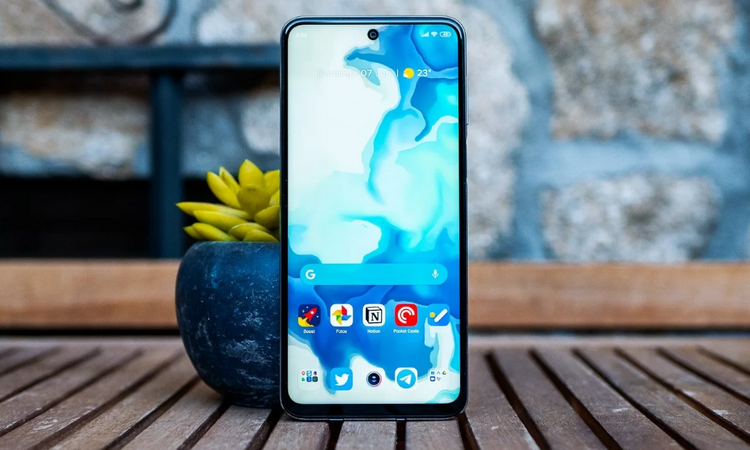
It is a step forward concerning the previous Redmi Note 8 Pro, especially battery life, design, and photography. Except for minor differences, the problem is that these are the same strengths of the Redmi 9 and Note Redmi Note 9S, two models that can be bought at lower prices than this Redmi Note 9 Pro without losing too many benefits way.
Price and where to buy the Redmi Note 9 Pro
The Redmi Note 9 Pro arrived in Spain at the beginning of June for 269 euros for the model with 6 GB of RAM and 64 GB of storage, and 299 euros for the variant with double the internal storage. It can be purchased in green, white, and gray colors through the brand’s official store and other ordinary stores such as Amazon.
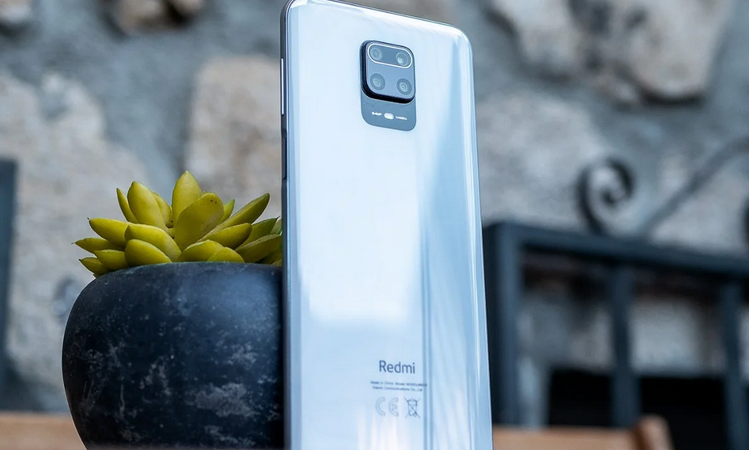
| Redmi Note 9 Pro, opinion and Andro4all note | |
| Should you buy the Redmi Note 9 Pro? | |
| In favor |
|
| Against |
|
| Conclusions | Good autonomy, a large screen, and a bulky technical sheet are the three aspects that have defined the essence of the Redmi Note series since its inception. Three factors that reach their peak with the Redmi Note 9, and to which we must also add an excellent photographic experience. A pity that MIUI is not up to such a good mobile. |
| Punctuation |
Redmi Note 9 Pro What Xiaomi gives you, MIUI takes away from you. |
We have published some comparisons between the Redmi Note 9 Pro and other terminals of the moment:

Sharlene Meriel is an avid gamer with a knack for technology. He has been writing about the latest technologies for the past 5 years. His contribution in technology journalism has been noteworthy. He is also a day trader with interest in the Forex market.















